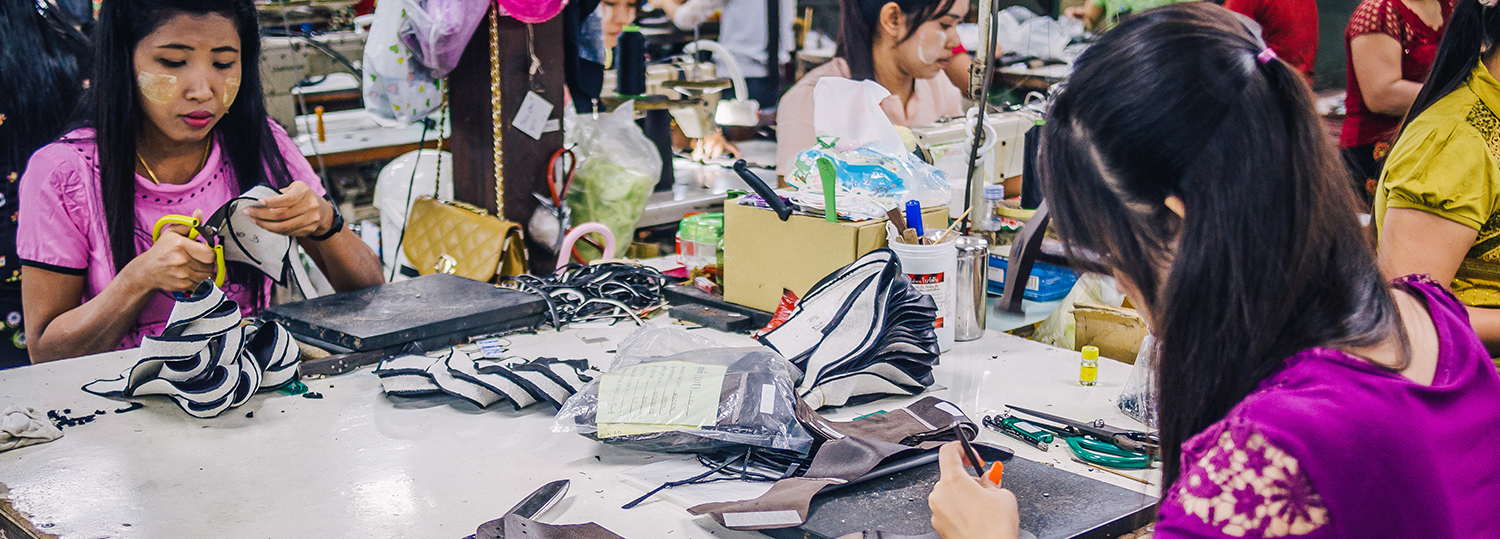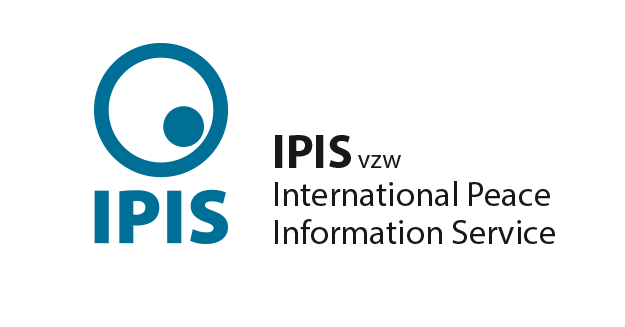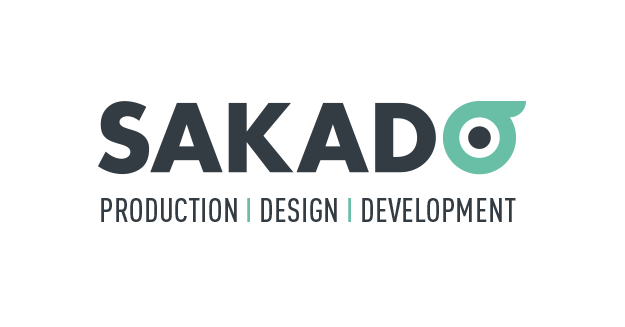9 Operational-level grievance mechanisms
How can operational-level grievance mechanisms be used?

This section explains the main elements, conditions and characteristics for facilitating implementation of operational-level grievance mechanisms by any kind of organisation.
- Elements
-
The grievance mechanism needs the following elements to be effective:
- A mechanism to identify grievances before concrete damage has been caused;
- An internal control and oversight system to process complaints about actual or potential impacts or grievances;
- Processing of feedback which includes adopting preventive or corrective measures to address the harmful situation and incorporate it into the organisation’s risk assessment;
- Access to an effective remedy, if the risks produce human rights violations and/or damage;
- A joint oversight mechanism with representation of the organisation and the affected stakeholders, to ensure transparency and trust;
- A mechanism to enhance stakeholder involvement, recognised in the codes of conduct;
- A capacity-building mechanism to assess gender and vulnerable group concerns;
- A consultation mechanism on the settlement reached among the implicated parties;
- A mechanism to inform competent state agencies about complaints.
- Conditions
-
The implemented grievance mechanism should:
- allow use by any directly or indirectly affected stakeholder;
- foresee tailored procedures if the stakeholders are diverse and their interests cannot be addressed in the same way;
- guarantee access to relevant information to process the complaint;
- process internal and external complaints that include partners in the value chain;
- address human rights concerns without it being necessary to show a breach of the law;
- provide an effective human rights remedy, proportional to the violation caused;
- identify grievances and timely address them;
- be public, with mechanisms to protect confidential information;
- involve all management levels of the organisation and identify the pertinent actors for the complaint process;
- Involve the relevant staff to process the complaint and the adverse impact addressed;
- remove financial barriers, formal (legal) requirements for lodging the complaint, or technical language that limits its use by affected stakeholders;
- remove any conflict of interest or risk of reprisal against the complainant.
- Remedies
-
As the goal is to process the feedback and to guarantee, if possible, an “adequate, effective and prompt reparation”, the remedy foreseen by grievance mechanisms should try to provide:
- Redress or restitution;
- Reparation proportional to the gravity of the violation and the harm suffered - this may entail compensation for any damage (corporal, material or moral) or rehabilitation that produces satisfaction for the victim;
- A cessation of the adverse impact;
- Disclosure of the truth (if it does not further harm the victim or other stakeholders);
- Restoration of the dignity, reputation and rights of the victim;
- Public apology, and if necessary, recognition of liability;
- Sanctions on the perpetrators, and if necessary, notification of the state.
- Guarantees of non-repetition, which also entail prevention. These can be included in codes of conduct .
- Measures to disincentivize the abusive behaviour definitively.
- Special precautions
-
Operational-level grievance mechanisms should not obstruct the possibility of victims or stakeholders claiming effective remedy via state bodies. This means that voluntary mechanisms must not:
- Obstruct the possibility to go to court if the arrangement reached violates human rights law;
- Cause unjustified delay during the settlement procedure when legal action is necessary;
- Create a high cost for the parties;
- Obstruct interim measures when they are necessary.
- Who should be involved in operational-level grievance mechanisms?
-
The actual or potential victims may not always be able to ask for remedy. Therefore, the mechanism should allow any stakeholder to ask for remedy on their behalf, or on behalf of future potential victims.
The size and structure of the organisation will determine the nature of the operational-level grievance mechanism. The UNGP recommends general mechanisms to facilitate oversight and effective responses to general adverse impacts. This list mentions the actors that can take up this task:
- Human resources department, for internal grievances related to workers;
- Trade unions, for internal claims, and to act as intermediary between affected workers and the organisation;
- Department of external relations, for external grievances of affected stakeholders;
- Legal and compliance departments, to evaluate internal and external grievances and the possibilities of providing remedy without using state-based mechanisms;
- Customer service department, to process external grievances from consumers or partners;
- Management, to process key grievances, adapt grievance mechanisms and monitor their effectiveness;
- Supply chain management, to process grievances from partners in value chains and to assess links with potential adverse human rights impacts.
- Models
-
The models for operational-level grievance mechanisms depend on the organisation’s nature, activities and position in the value chain, as well as the stakeholders that can use them. For instance:
- An own general operational-level grievance mechanism. Large organisations are expected to create their own grievance mechanisms. Small and medium-sized organisations can develop single and general grievance mechanisms, in accordance with the effectiveness criteria of UNGP Principle 31.
- Participation in an operational-level grievance mechanism implemented by another larger association of organisations with similar activities and in a similar sector.
- Participation in an operational-level grievance mechanism implemented by a multi-stakeholder initiative.
- Participation in an operational-level grievance mechanism implemented by stakeholders, such as investment banks, if they can guarantee the early identification and remedy of adverse impacts.
- Mediation by the government, businesses or NGOs.
- Traditional mechanisms of local communities.




